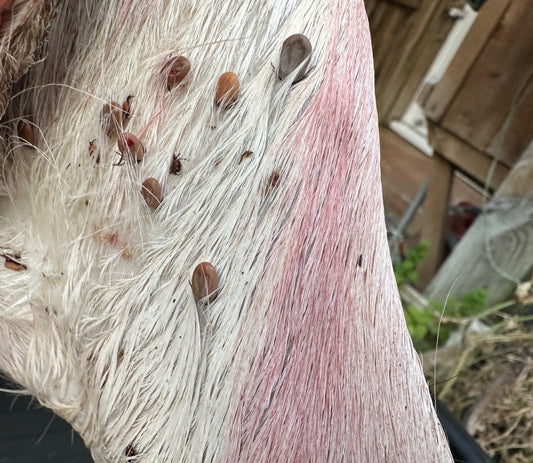Effective deer management is not only a matter of ecological health and public safety but also significantly influenced by public perception. To successfully implement deer management strategies, it is crucial to engage and educate the community about the reasons behind these measures and the benefits they can bring, including the sustainable use of venison.
Understanding Public Perception
Public perception regarding deer management can vary greatly. While some view deer as cherished elements of local wildlife, others see them as pests that pose threats to agriculture, natural vegetation, and road safety. The success of deer management often hinges on how well the public understands and supports these initiatives.
Importance of Public Engagement and Education
Educating on Ecological Impact: Many are not aware of the negative effects that an unchecked deer population can have on the environment. These include biodiversity loss, crop damage, and forest undergrowth depletion. Educational resources like those provided by Forestry England offer in-depth insights into how sustainable deer management helps maintain ecological balance.
Safety and Health Concerns: Highlighting the safety risks associated with deer, such as road accidents, and health risks like Lyme disease from deer-carried ticks, can help communities understand the need for population control.
What Can Be Done
Community Engagement: Hosting community meetings and workshops can facilitate direct dialogue with residents, addressing their concerns and explaining management strategies comprehensively.
Educational Materials: Distributing materials that detail the impacts of deer overpopulation and the methods used to manage it can demystify the process. Organizations like the British Deer Society provide valuable resources that can be utilized to educate the public.
Incorporating School Programs: Teaching students about wildlife management and its importance can foster an early understanding of ecological responsibilities.
Leveraging Current Resources and Initiatives
While resources from organizations like Forestry England and the British Deer Society are invaluable, there is always room for expansion:
Expanding Educational Resources: More interactive online resources and accessible information can broaden the reach of educational efforts.
Promoting Venison: As a byproduct of deer management, venison is a healthy, sustainable meat alternative. Initiatives to promote venison can change public perception from seeing deer culling as merely population control to recognizing its dietary and environmental value. Ideas for preparation and recipes, like those sometimes featured on Wildscape Deer Management’s blog, can increase consumer interest and acceptance.
Public support is crucial for the success of deer management programs. By improving community engagement and education through the use of comprehensive resources from trusted organizations, and promoting the benefits of venison, wildlife management agencies can ensure more effective and widely accepted management strategies. These efforts not only contribute to ecological balance but also enhance public understanding of the intricate relationship between wildlife management and community benefits.




